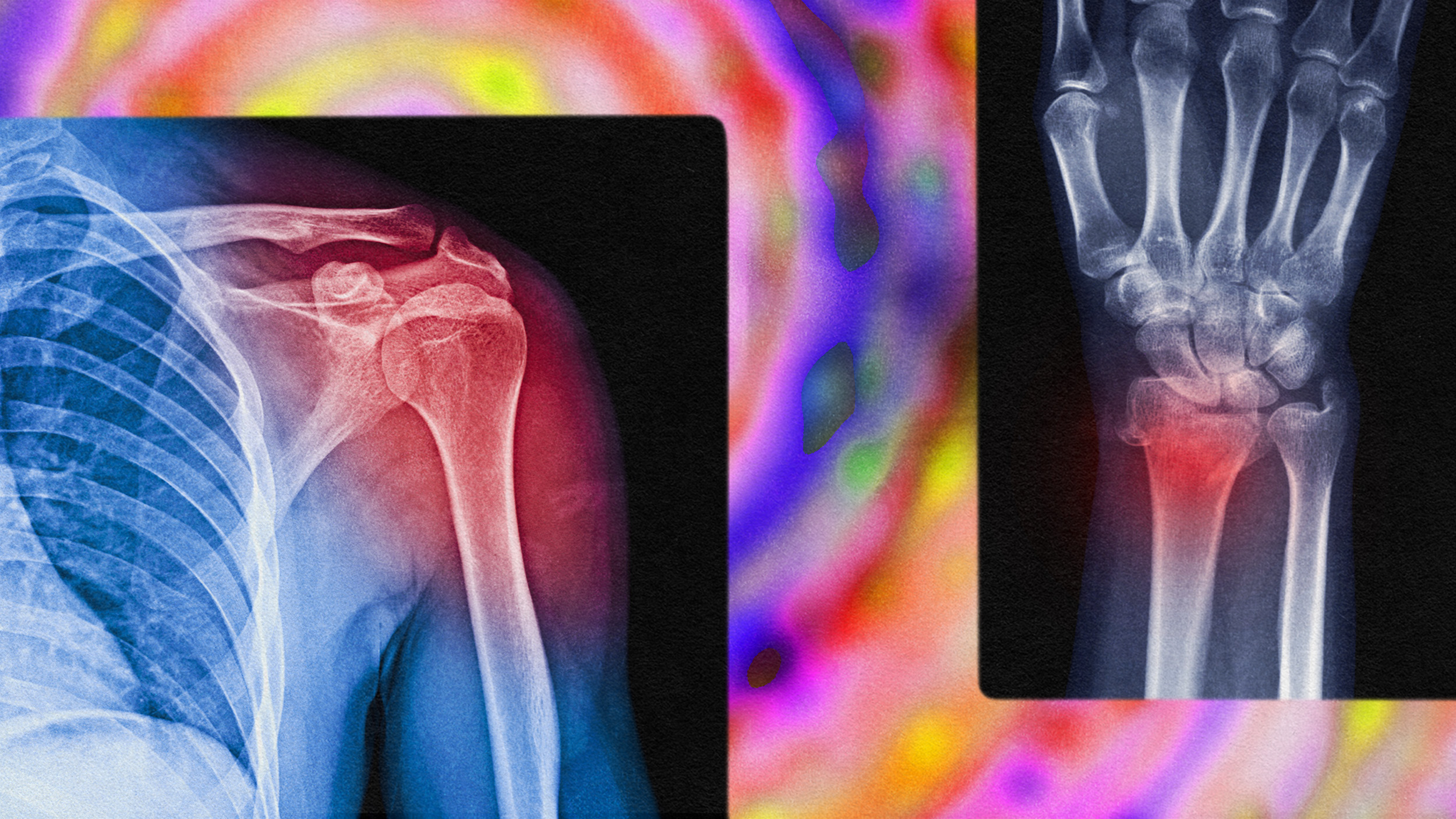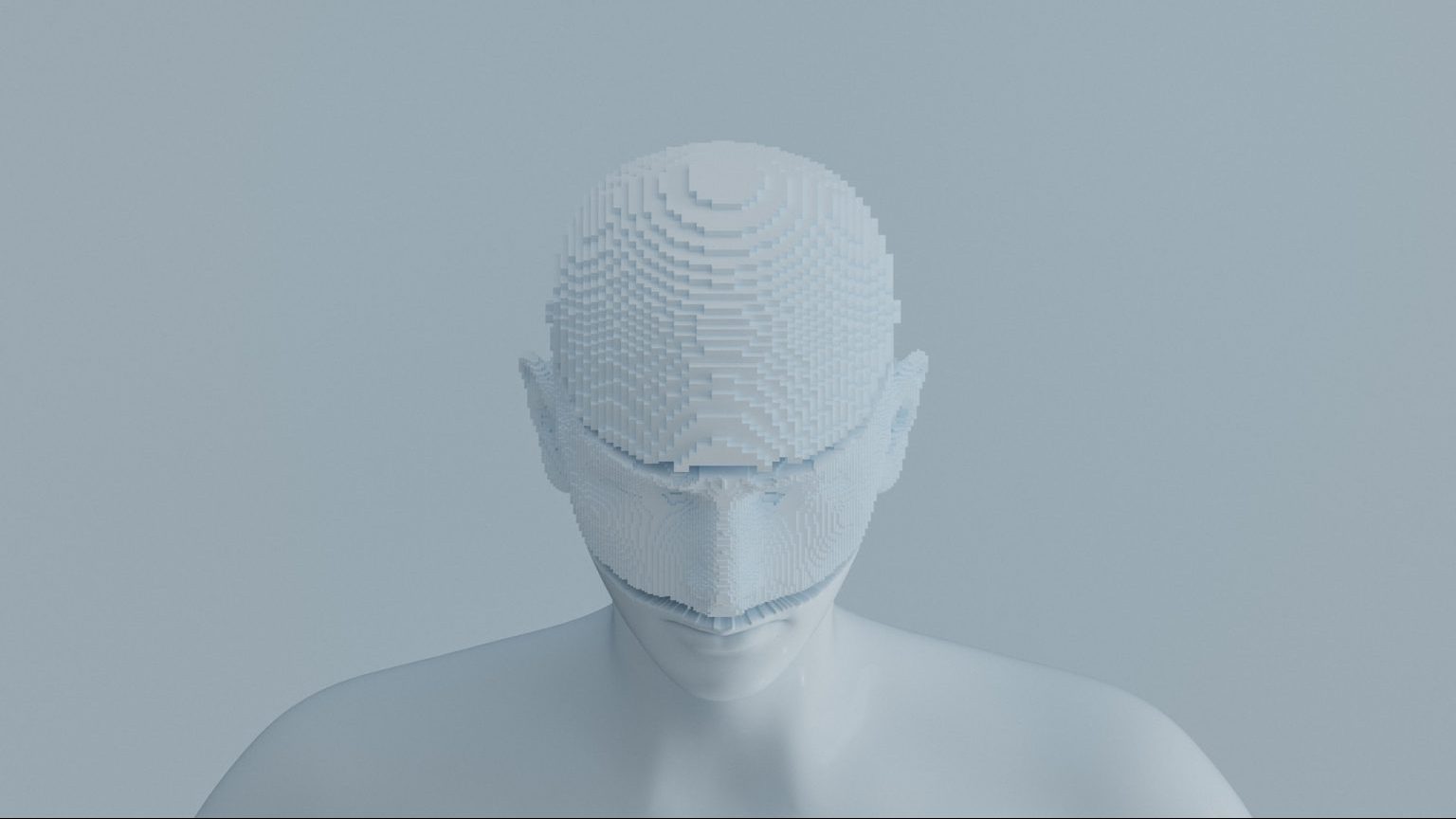This brain balancing act allows consciousness

Image source: paulaphoto/shjk/Big Think
- Your DMN and DAT neural networks cooperate by staying out of each other’s way.
- FMRI scans reveal a surprising temporal dance.
- When both systems are at the same activity level, boom, you’re unconscious.
While consciousness remains “the hard problem” — as in what exactly is it? Where is it? — a new study published in Science Advances sheds surprising light on how the brain switches us from conscious to unconscious states and vice versa. It has something to do with an imbalance between two neural systems. In fact, consciousness requires that imbalance.
Imagine you and a friend want to go out to dinner but you want Chinese food and your friend wants pizza. If both of your preferences carry equal weight, nobody gets to eat. Let’s say that’s like unconsciousness. But when one of you gives in, yum: Consciousness.
According to lead author Zirui Huang of University of Michigan Medical School, “Studies have shown that the anti-correlation of the two networks is vital for maintaining ongoing interaction between self and the environment, [and] that contributes to consciousness.”

Image source: Gearstd/Shutterstock/Big Think
Seesaw
The two neural networks are the default mode network (DMN) and the dorsal attention network (DAT).
The DMN is an internally directed neural system that exhibits electrical activity in fMRI scans when you’re awake and the brain is comparatively at rest and not at work performing a specific task. Maybe you’re spacing out, or reflecting on something, or maybe you’re enjoying a memory of some sort.
The DAT lights up when your brain is actively directed externally toward accomplishing a specific task; it’s sometimes called the “task -positive system.”
The scientific term for their relationship is that they’re “anti-correlated,” and the maintenance of their opposite states is a consistent thing, so some kind of temporal relationship seems implicit.

Image source: Hakaba/Shutterstock
Nighty-night
The implied temporal relationship has not previously been definitively shown to impact consciousness. Huang’s study, however, tests the idea that this anti-correlation is a requisite for consciousness, or maybe it’s the other way around: Absent consciousness, the anti-correlation breaks down.
To test their hypothesis, Huang and his colleagues analyzed resting-state fMRI scans from 98 participants in varying states of responsiveness, located in Shanghai and Wisconsin. (Because participants were given task in various states, the researchers chose to grade their level of unresponsiveness instead of unconsciousness.” In addition to a DAT-mode control group, scans were performed on participants who were in unresponsive states from anesthesia, either propofol or ketamine, or from unresponsive wakefulness syndrome, or UWS. Ultimately, the researchers developed four data sets: propofol-Shanghai, propofol-Wisconsin, ketamine, and neuropathological patients.
They found being unresponsive correlated consistently with scans in which the DAT and DMN systems were at equilibrium. No Chinese food or pizza for them.
For confirmation, a second study was performed with scans from 248 subjects published in the OpenfMRI database. The cohort consisted of healthy individuals, as well as individuals with psychiatric disorders including schizophrenia, bipolar disorder, and attention deficit/hyperactivity disorder. Various states of responsiveness in the available scans were identified, and once again, when DAT and DMN activation was equal, participants were in an unresponsive state.
Part of a larger mystery
Of course, this study doesn’t get us much further along regarding the hard problem, but we do now know a little bit more about how consciousness appears to work at least. The DMN and DAT neural networks together account for a lot of what goes on it consciousness. Just, please, not at the same time.






